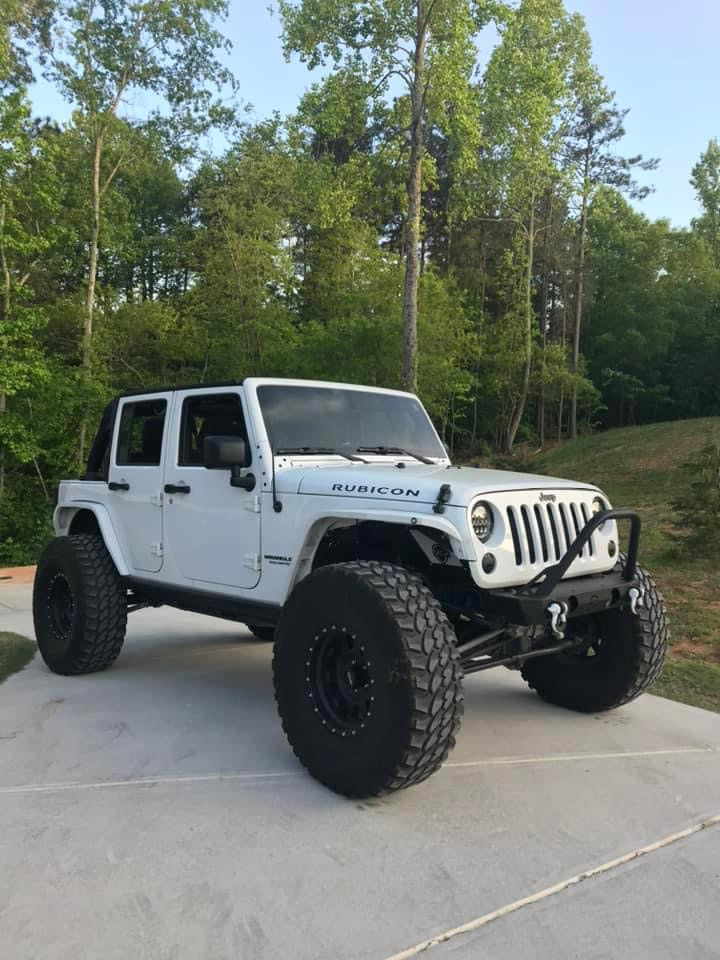Common Problems with the 2007-2018 Jeep Wrangler JK
Introduction
The Jeep Wrangler JK, produced from 2007 to 2018, is a beloved and iconic off-road vehicle known for its ruggedness and versatility. However, like any vehicle, it's not without its share of common problems and issues. In this blog post, we will explore some of the most frequently reported problems with the Jeep Wrangler JK and offer insights into how to address them.
1. Death Wobble
One of the most notorious issues associated with the Wrangler JK is the "Death Wobble." This phenomenon occurs when the front end of the vehicle starts to shake violently, often at highway speeds. Several factors can contribute to this problem, including worn-out suspension components, unbalanced tires, or improper alignment. To address the Death Wobble, it's essential to have your Jeep's suspension system inspected regularly and maintain proper tire balance and alignment.
2. Electrical Problems
Jeep Wrangler JK models are equipped with a range of electrical components and features, including power windows, locks, and various sensors. Many owners have reported issues with these electrical systems, such as malfunctioning power windows or door locks. Troubleshooting electrical problems can be challenging, but it's often related to faulty wiring or damaged sensors. Seeking professional assistance or consulting the vehicle's manual can help identify and resolve these issues.
3. Transmission Concerns
Some Wrangler JK owners have experienced problems with the automatic transmission, such as rough shifting or transmission fluid leaks. Manual transmissions may also exhibit gear grinding or popping out of gear. Regular maintenance and timely fluid changes are crucial for prolonging the life of your Jeep's transmission. If issues persist, consult a qualified mechanic for a thorough inspection and potential repairs.
4. Water Leaks
Jeep Wranglers are known for their open-air design, but this can lead to water leaks during heavy rain or when using a pressure washer. Common areas for water intrusion include the soft top or hardtop seals and the doors. Ensuring proper installation and maintenance of seals and gaskets can help prevent leaks. If water does get inside, promptly address any interior dampness to prevent mold and mildew growth.
5. Rust and Corrosion
Given its off-road nature, the Jeep Wrangler JK is exposed to various environmental elements, which can lead to rust and corrosion issues, especially in older models. Regularly inspect the undercarriage, frame, and other vulnerable areas for signs of rust. Applying rust-resistant coatings and addressing rust spots promptly can help extend the life of your Wrangler.
6. Steering and Suspension Components
The Jeep Wrangler's suspension system takes a beating during off-road adventures. Over time, components like ball joints, control arms, and tie rod ends may wear out or become damaged. This can result in steering issues, uneven tire wear, or alignment problems. Routine inspections and proactive replacement of worn parts can help maintain your Jeep's handling and safety.
Conclusion
The Jeep Wrangler JK is an iconic and capable off-road vehicle, but like any car, it has its share of common problems. By staying vigilant, performing regular maintenance, and addressing issues promptly, you can enjoy years of reliable service from your Wrangler. If you encounter problems beyond your expertise, it's always a good idea to consult a qualified mechanic or Jeep dealership for professional assistance.

